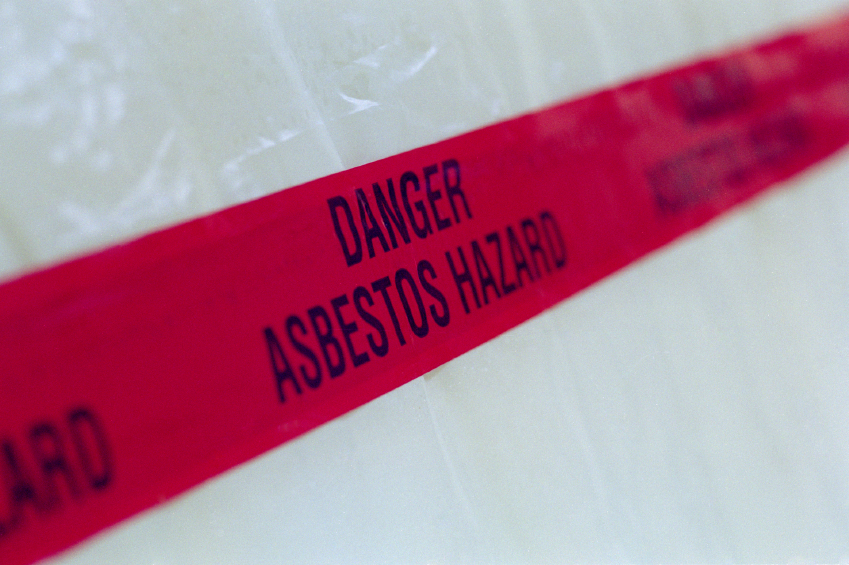 |
The Occupational Safety and Health Administration (OSHA) and the U.S. Environmental Protection Agency (EPA) have adopted regulations to protect workers from exposure to asbestos-containing materials, asbestos-containing building materials, and presumed asbestos-containing materials (PACMs).
An Operations and Maintenance (O&M) program is a formulated plan of training, cleaning, work practices, and surveillance to maintain the ACM in good condition within buildings. The goal is to minimize exposure of all building occupants to asbestos fibers.
Forget expensive calls to lawyers and consultants. With Enviro.BLR.com, you get instant access, 24/7. Try it out today and get the 2015 EHS Salary Guide, absolutely free. Download Now.
Important Safety Rules When Working Around Asbestos
Here are 11 important safety rules that will help your workers protect themselves from asbestos hazards during O&M activities.
- Always check for asbestos warning labels and signs and take the necessary precautions.
- Ask your supervisor if you are not sure if something contains asbestos.
- Never cut, hammer, or otherwise damage asbestos-containing materials.
- Use ventilation procedures, enclosures, wet processes, and other protections to prevent release of asbestos fibers.
- Wear respirators and other required personal protective equipment when working around asbestos.
Everything You Need for Environmental Compliance
Enviro.BLR.com puts everything you need at your fingertips, including practical RCRA, CAA, CWA, hazardous waste regulatory analysis and activity, news, and compliance tools. Try it at no cost or risk and get a FREE report.
- Never wear your contaminated clothing outside the work area.
- Make sure you don’t contaminate clean areas or street clothing with asbestos.
- Treat any dust or waste that could contain asbestos carefully. Wet it when possible, and use a high efficiency particulate air (HEPA) vacuum to clean it up.
- Dispose of asbestos-contaminated clothing and waste in properly labeled, sealed containers.
- Don’t smoke when working around asbestos.
- Cooperate with air monitoring and medical surveillance programs. They are designed to protect you.
